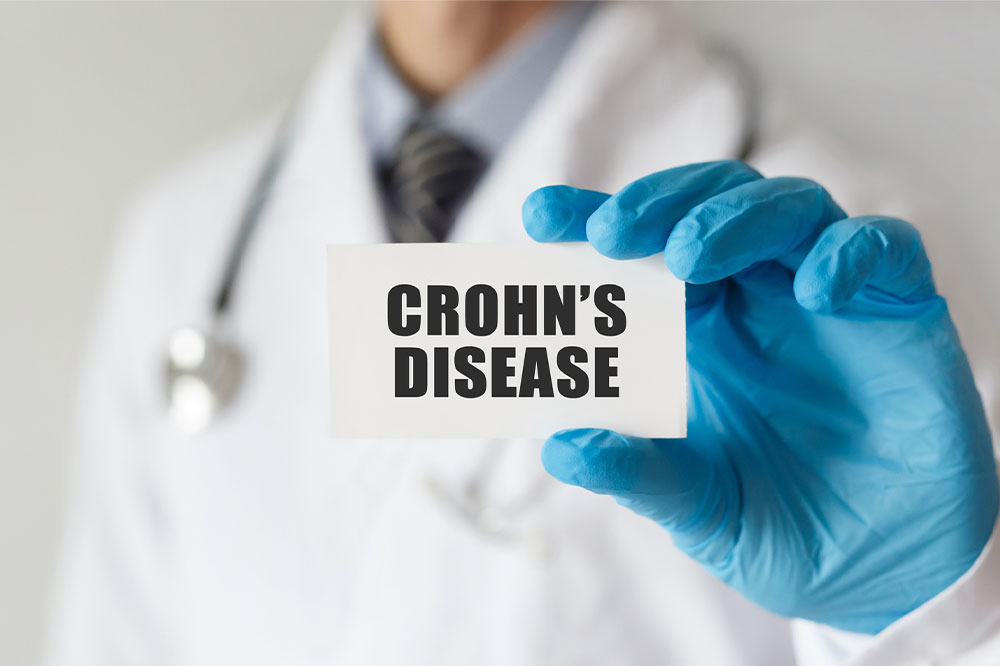Causes, Symptoms, and Natural Remedies for Chronic Kidney Disease
The kidney’s main function in the human body is to eliminate toxins, waste products, and extra fluid. It also helps control blood pressure and stimulates red blood cell production. Chronic kidney disease is a long-term condition that occurs when the kidneys fail to function properly, leading to poor blood filtering and an accumulation of toxins in the body. This article discusses the causes, symptoms, and natural remedies that can aid in managing the condition. Causes of chronic kidney disease The kidneys are responsible for the removal of toxins from the body through a complex system of filtration. However, when blood is not able to reach the kidneys, or the kidneys are unable to function due to some disease, or there is an obstruction in the flow of urine out from the body, it can lead to chronic kidney disease. Also, people with high blood glucose levels or high blood pressure can also develop chronic kidney disease. There are some other causes too that can give rise to the condition: Kidney artery stenosis This condition occurs when the renal artery, which supplies blood to the kidneys, becomes narrower. Obstructed urine output Poor urine flow can cause a reversal of the urine from the bladder to the kidney, which leads to increased pressure on the organ and possible dysfunction.
Read More 









